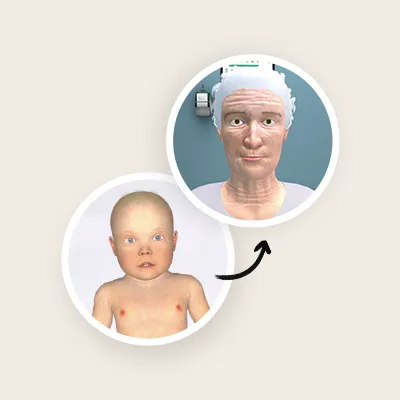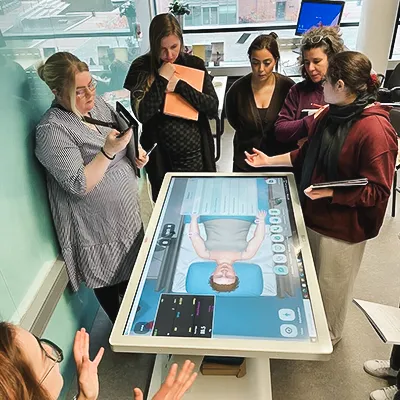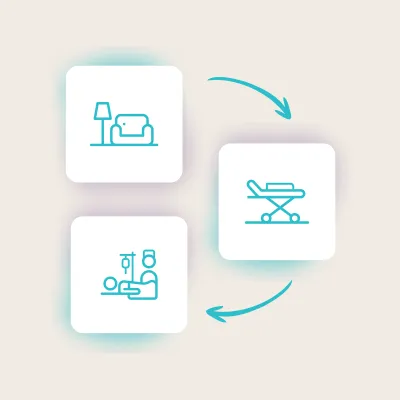You might have never thought about it, but simulation has always been here. In fact, Lorraine Betts, a Nursing Educator, believes that now we just have more formal concepts of training and we are giving it a clearer definition.
Virtual patients, task trainers, high and low fidelity manikins and standardized patients are some of the best simulation tools available. However, the secret to make the most out of it, is the wise way we choose to combine them.
“We have to think not better, but differently, faster”
Students are changing. They demand faster answers, they are thirsty for knowledge, they want to train their critical thinking skills and learn how to think on their feet.
The future nurses and doctors are willing to practice everything what they have learned and to put all the pieces together as soon as possible.
On the side of the patients, the teacher claims that the increasing development of the Information and Communication Technologies provides patients with access to more and more data. They are becoming more involved, more informed and living longer, which for healthcare means “more complexity and an increasing number of patients coming with a ready set diagnosis”, Lorraine explains.
“Transfer the knowledge to whatever situation you have”
It is the job of an educator to teach students how to use the tools appropriately and to make sure they are all efficiently trained and ready to take care of patients in the real world.
Lorraine also adds that they will need to be able to recognize when subtle changes appear. For example, “even though a patient comes with an asthma attack, students have to think about all other possible complications and variables”, she illustrates.
Either for the learner or the teacher, Lorraine claims “there will always be things that professionals have been taught about, but have never done before and all of a sudden, they got to do it, because it is their patient”.
For that reason, Professor Paulo, Medical Teacher at the Medical University of Coimbra, mentioned it is vital to train healthcare professionals to “think about the situation, ponder about it and then make a decision”.
- Know how to assess your patient properly.
- Know how to verbalize and communicate with your team.
- Know what you know and admit what you don’t know. Don’t be afraid of asking for help. There will always be someone willing to help you.
“It is about giving an opportunity to put into practice what they have learned in class”
In Body Interact, students take the main role in the action. They are the ones in charge of patients and have to make all the decision by their own.
At any time, the educator can pause the scenario and ask students the reasons behind what they were doing: “Why are you doing that? Tell me about that.”
On one hand, educators should interfere in the moment when students are not thinking properly, when they are more focus on the task, rather than looking at the whole picture.
But, on the other hand, it is also the perfect moment to allow mistakes to happen, after all, as the nursing teacher mentioned, “the learning comes in the debriefing” after each case.
Lorraine defends that Body Interact allows you to refocus and reframe the mindset by looking at things more holistically. It gives you an opportunity to make yourself a better professional in terms of “knowing what you know and what you don’t know”.
As Professor Paulo Martins concludes, it is the possibility of repeating a case resolution or a specific task that improves practice.
Illustration by David Canaes








